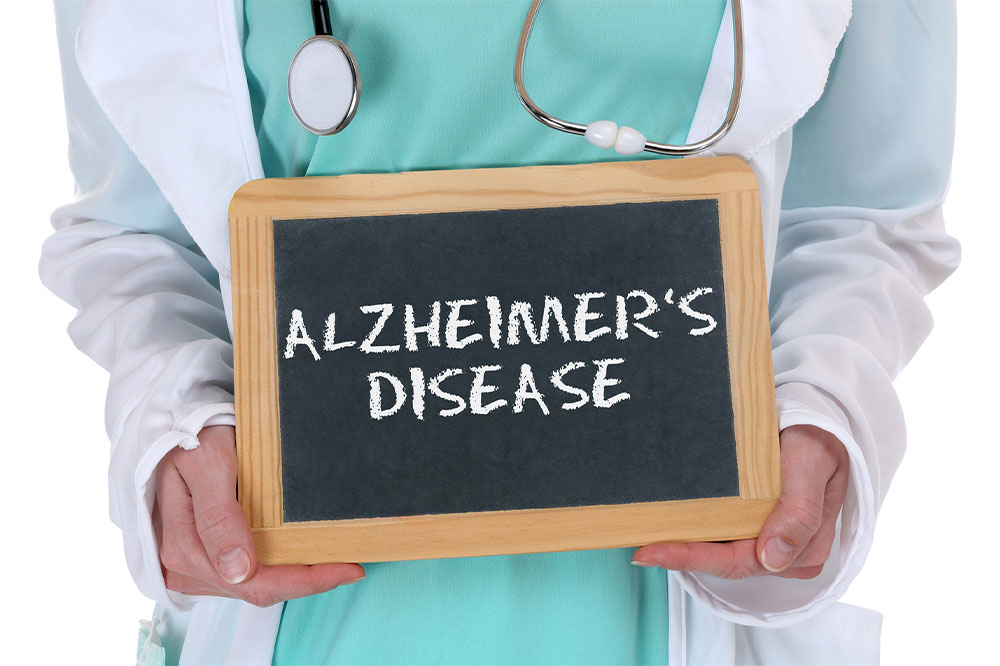Recognizing Early Indicators of Alzheimer’s Disease
Early detection of Alzheimer’s disease is crucial for managing symptoms and improving quality of life. Recognizing signs such as memory loss, disorientation, visual problems, and behavioral changes can lead to timely intervention. While no cure exists, proper support and early diagnosis help slow progression and ensure better care. Understanding these early indicators empowers individuals and caregivers to seek prompt medical advice, ultimately enhancing disease management and safety.
Recognizing Early Indicators of Alzheimer’s Disease
Alzheimer’s disease is a degenerative brain disorder characterized by complex neurological changes that begin early in its development. Over time, it impairs cognitive and motor abilities, affecting daily life. Currently, there is no cure for Alzheimer’s, but identifying its early signs can lead to interventions that slow its progression. Awareness about symptoms such as memory loss, difficulty problem-solving, and behavioral changes can help in early diagnosis and management, improving quality of life for those affected.
Memory decline
One of the earliest signs is forgetting recent events or important details. This may include forgetting names, appointments, or repeating questions often. It's essential to distinguish between normal forgetfulness and symptoms requiring medical attention.

The disease often manifests as difficulty recalling recent information, remembering important dates, or recognizing familiar faces. Patients might also depend heavily on notes or family members for reminders.
Problem-solving challenges
Individuals may struggle with simple tasks like planning, handling finances, or solving common problems. They might forget to pay bills or face difficulty multitasking, such as cooking or managing daily chores.
Struggles with daily routines
Routine activities like organizing shopping lists, making reservations, or filling out forms can become challenging. Sudden dependence on others for tasks they used to do independently can be an early warning sign.
Disorientation in time and space
Getting lost or losing track of dates and familiar routes may occur, especially if these issues are recent. Though occasional difficulty with navigation isn’t unusual, persistent disorientation warrants medical advice.
Visual perception problems
Alzheimer’s can impair vision, making it hard to judge distances, recognize colors, or read. Repeated falls or difficulties recognizing reflections may indicate visual processing issues related to the disease.
Language and communication issues
Difficulty recalling words, confusing names, or struggling to follow conversations can be signs. Patients may also find it hard to understand complex stories or instructions.
Misplacing objects
Putting items in unusual locations, like keys in the fridge, and forgetting where they were placed is common. This behavior can lead to accusations of theft or loss of belongings.
Poor judgment
Changes in decision-making, neglecting hygiene, or susceptibility to scams may be observed. These behavioral shifts can indicate early Alzheimer’s symptoms.
Social withdrawal
As cognitive functions decline, individuals might withdraw from social activities or work, finding it difficult to communicate or perform tasks they previously managed easily.
Mood and personality changes
Alterations in behavior, mood swings, or becoming unfamiliar with previous routines can be early signs. Noticing such shifts should prompt medical consultation.
Although no cure exists yet, early diagnosis allows for better management strategies. Supportive environments and routine-based care can significantly help patients cope with the disease. Family and caregivers play a vital role in maintaining safety and comfort for those affected.










